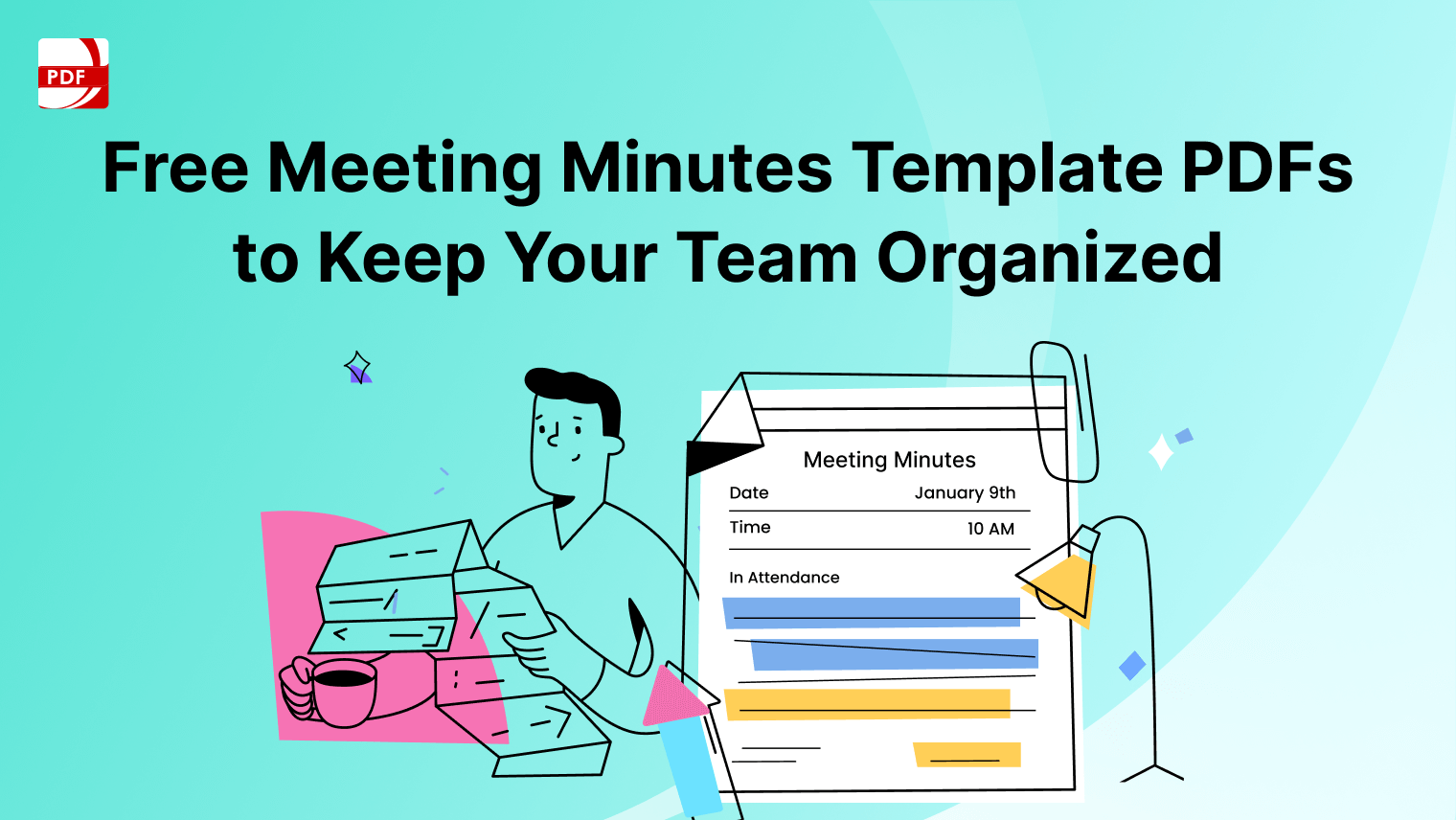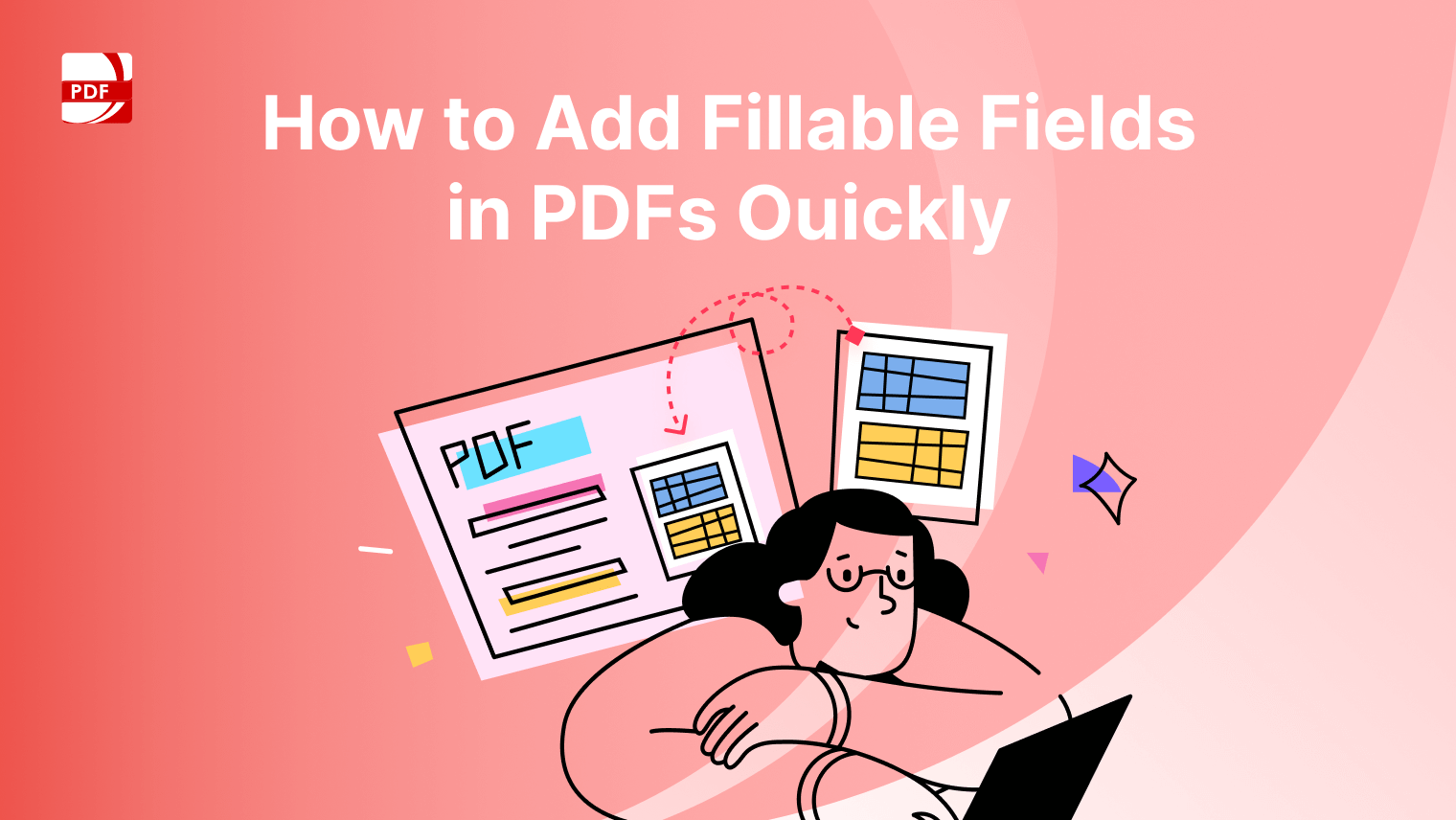Converting text-based PDFs into audio can be incredibly beneficial. In this blog, we'll delve into the reasons to convert PDF to audio, the best practices for this conversion, and answer frequently asked questions to help you unlock the power of audio in your documents.
How to Convert PDF to Audio on Windows
Follow our step by step guide to use the speech converter on your PDF reader with the Windows operating system.
Step 1: Open Your PDF File
Click "Open File" or choose file to drag your document into the drop zone. 
Image Source: PDF Reader Pro
Step 2: Open the Reading Page
Click the TTS tool on the left side bar to generate the pop-up window.
Step 3: Select Options on Speech Reader
Adjust the reading speed, default voice and continuous play. 
Image Source: PDF Reader Pro

You can also check our recommendations on how to Set Up PDF Reader Audio: TTS Feature.
How to Convert PDF to Audio on Mac
Use our speech software and other helpful tools to turn your PDF into a reading voice on your Mac operating system.
Step 1: Open Your PDF File
Drop files into the reader or click "Open File". 
Image Source: PDF Reader Pro
Step 2: Highlight Text to Play
Right-click on this text and select the TTS tool.
Image Source: PDF Reader Pro
Step 3: Play Using the PDF Audio Reader
Choose from a variety of voice options to find your ideal reading voice, adjust reading speed and more.
Image Source: PDF Reader Pro
You can also explore our instructions on How to Convert TIFF to PDF.
Reasons to Convert PDF to Audio
-
Accessibility: Converting PDF documents to audio makes content accessible to individuals with visual impairments or learning disabilities. They can listen to an AI generated voice reading the text rather than relying on traditional visual reading.
-
Multitasking: Audio files enable multitasking. Whether you're commuting, exercising, or doing household chores, you can absorb information from a PDF without needing to focus on a screen.
-
Improved Comprehension: Some people find it easier to understand complex or technical content when it's read aloud using an audio tool. Converting a PDF file format to audio can enhance comprehension, especially for educational or professional materials.
-
Language Learning: Audio files are valuable for language learners. Hearing the correct pronunciation and intonation of words and phrases aids in language acquisition.
-
Productivity: Audio versions of documents can boost productivity. Professionals can listen to audio content like reports, documents, or emails while working on other tasks.
-
Long File Layouts: For lengthy PDFs, e-books, and a variety of file types, converting a file to speech using TTS can be less tiring than reading it from start to finish.
You can also check our resume resource on How to Make Your PDF Documents Read Aloud.
Best Practice for Converting PDF to Audio
Here's how to efficiently convert PDFs to audio:
-
Choose the Right Software: Select a reliable PDF-to-audio conversion tool or software. Adobe Acrobat Reader, Natural Reader, and other dedicated programs can assist in this process.
-
Text Extraction: Extract the text from your PDF document. Most conversion tools work with plain text or rich text formats.
-
Natural Text-to-Speech Voices: Opt for natural-sounding text-to-speech (TTS) voices. High-quality TTS engines provide a more engaging listening experience.
-
Adjust Speed and Pitch: Customize the playback speed and pitch to suit your preferences. Most TTS software offers settings for these aspects.
-
Save in Preferred Audio Format: Save the converted audio in your preferred format, such as MP3 or WAV. MP3 is widely supported and offers good audio quality.
-
Check for Errors: Review the audio file for any pronunciation or misinterpretation errors. Correct any mistakes if needed.
-
File Organization: Organize and label your audio files for easy access and reference. Include relevant information in the file name.

Convert PDF to Audio: FAQs
Let's address some frequently asked questions about converting documents to speech while achieving good audio quality:
Can I convert a password-protected PDF to audio?
Converting password-protected PDFs to audio is possible, provided you have the necessary permissions to access and extract the text content.
Are there mobile apps and online tools that can convert PDFs to audio on smartphones or tablets?
Yes, there are mobile apps available for both iOS and Android that can convert PDFs to audio file formats. These apps can be convenient for on-the-go conversions.
How do I add pauses or breaks between paragraphs or sections in the audio file format?
Most TTS software allows you to add pauses or breaks by inserting specific punctuation, such as a comma or semicolon, in the text where you want the pause to occur.
Can I convert PDF document files with images or complex formatting to audio effectively?
Converting PDFs with images or complex formatting to audio may result in some loss of visual content. TTS software primarily focuses on text, so the experience can be different from reading the PDF.
What is the best method to convert handwritten or scanned PDFs to audio?
Converting handwritten or scanned PDFs to audio can be challenging, as they may lack machine-readable text. OCR (Optical Character Recognition) software can help convert scanned text into a readable format before converting it to audio.
Can I control the voice or accent of the TTS (text-to-speech) in the audio conversion process?
Yes, many TTS software and tools allow you to select from a variety of voices, accents, and languages, giving you the flexibility to choose a voice that suits your preferences or the content's audience.
What are the common file size considerations when converting PDFs to audio, and how can I manage large audio files?
The file size of the resulting audio depends on the length and quality of the content. Large audio files can be managed by adjusting the quality settings, using compression, or splitting long documents into smaller segments.
Are there copyright or licensing concerns when converting copyrighted PDFs to audio for personal use?
Converting copyrighted PDFs to audio for personal use may be subject to copyright laws and licensing agreements. It's essential to ensure that the conversion and usage comply with copyright regulations.
Can I edit or enhance the audio files after conversion, such as adding background music or sound effects?
Yes, audio files can be edited or enhanced using audio editing software to add background music, sound effects, or other custom elements to improve the listening experience.
How can I convert complex mathematical equations or scientific notations in a PDF to audio effectively?
Converting complex mathematical equations or scientific notations in a PDF to audio may require specialized tools or software designed for this purpose. LaTeX-to-speech tools can help in converting scientific content effectively.
By understanding the compelling reasons to convert PDFs to audio, following best practices for the conversion process, and addressing common questions related to PDF-to-audio conversions, you can tap into the advantages of auditory content and make your documents more accessible and engaging.









 Free Download
Free Download  Free Download
Free Download 





 Support Chat
Support Chat